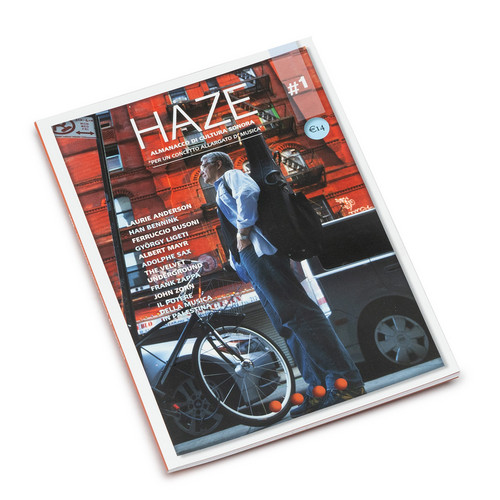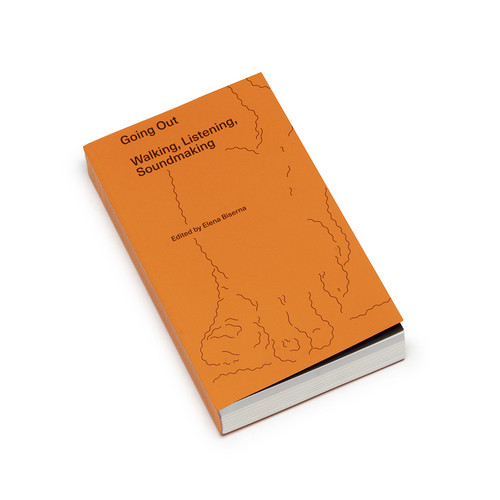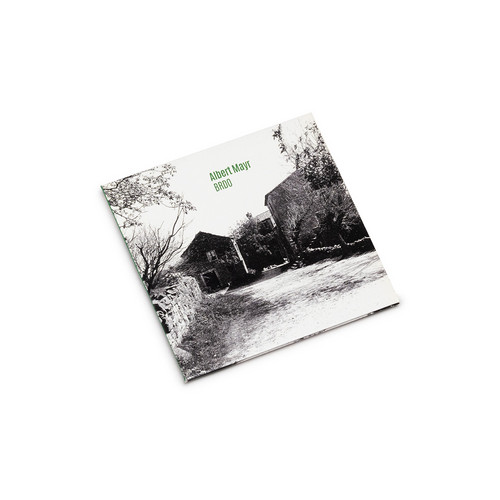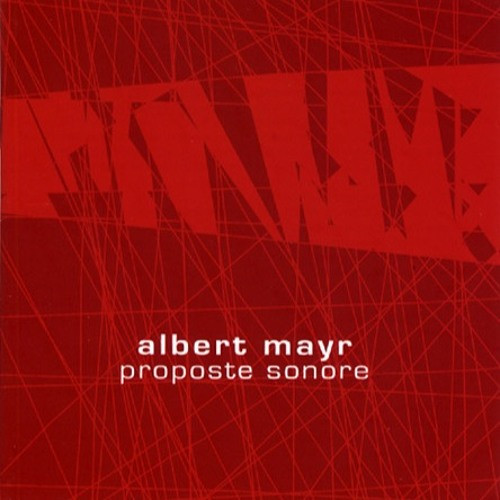Albert Mayr
Italian composer and soundscape pioneer, Albert Mayr (b1943) was born and educated in Bolzano and Florence conservatories. He was first influenced by Pietro Grossi, whose assistant he was from 1964 to 69, before he left for Canada where he was to be lecturer at Montreal’s McGill University till 1973.
Italian composer and soundscape pioneer, Albert Mayr (b1943) was born and educated in Bolzano and Florence conservatories. He was first influenced by Pietro Grossi, whose assistant he was from 1964 to 69, before he left for Canada where he was to be lecturer at Montreal’s McGill University till 1973.
Haze - Almanacco Di CUltura Di Sonora N.1 (Magazine)
*Italian Language Edition* Un libro/almanacco con cadenza quadrimestrale che raccoglie saggi, interviste, approfondimenti sulla ricerca sonora contemporanea per un concetto allargato di musica. Nel primo volume: Busoni, Bennink, Anderson, Mayr, Sax, Zappa, Zorn.
Per un concetto allargato di musica (Book)
* Italian Language Edition * 2024 Stock * “Il concetto di musica sul quale mi baso non è certamente quello convenzionale, stretto, dove la musica resta circoscritta ai fenomeni sonori, ma il «concetto allargato di musica» come si trova nella teoria musicale antica, medioevale o cinese, secondo cui il termine «musica» può designare l’interazione fra praticamente tutti i cicli a bassa frequenza – quelli che si trovano al di sotto del limite superiore di udibilità e comprendono dunque le oscillazio…
Going Out – Walking, Listening, Soundmaking (Book)
Tip! 580 Pages. An anthology that traces the long legacy of interdisciplinary experimentations at the intersection of walking, listening, and soundmaking.Since the 1960s, the act of walking has provided a way for artists and musicians to escape the formality of the concert hall or institutional venue, engaging with shifting public spaces, natural environments, and the social and political sphere. Walking redefines notions of composer, performer, public, and music itself, while opening new modes …
Brdo
Limited Edition of 100 copies.
It started again the CDR series, with a historical name of the ANTS catalog: Albert Mayr. This work dates back, like the previous "Suono Ambiente" of the same series, to 1978.A research project on a hypothesis of a "community rhythm" well described by Gillo Dorfles in his notes of the time:"The time-space musical analysis performed by Albert Mayr in February 1978 in the tiny village of Brdo, in Istria, is the result of long meditations and deep practical experiment…
Finestra . Window
With this new release in the “box” series, Ants continues to propose "sound objects" that have to do with sound, even without explicitly containing it in a predetermined form. Starting from the experiences with the World Soundscape Project by R. Murray Shafer and the study of texts by Torsten Hägerstrand and Henri Lefebvre, Albert Mayr processes a potential score, a path / game in the world of sound and relationship with time and space. Albert Mayr’s verbal score is constructed in the form of a …
Proposte Sonore
Seven electronic compositions from the end of the 60s by the soundscape pioneer Albert Mayr (b. 1943), incredible experimentations from near 40 years ago sounding so “contemporary”, today more than ever.“In the fifties and sixties of the past century electro-acoustic music was a very élitist affair; professional equipment was expensive, not easy to find and could be afforded - in sufficient quantity to build a full-scale studio - only by institutions such as universities or broadcasting corporat…
Hora Harmonica
"Hora Harmonica," realized in 1983 at the Pietro Grossi S 2F M (Studio di fonologia musicale di Firenze), is not a proper piece of music, but conceptual art inspired by the physics of sound. Albert Mayr proposes a harmonic clock, a model of non-linear time.. “When we slow down a sound many times, all the way below 15 cps approximately, we perceive as a series of discrete pulses. In a physical sense it remains a sound, but not for human perception. Try now to imagine an extremely slow 'sound' whe…






